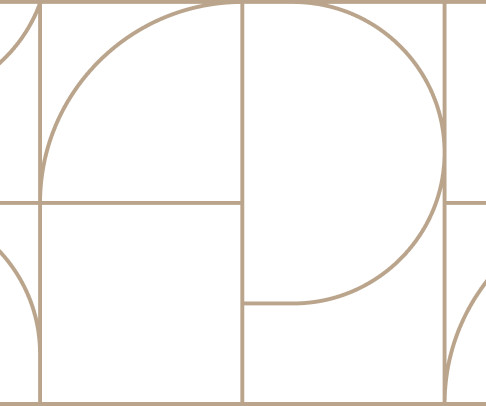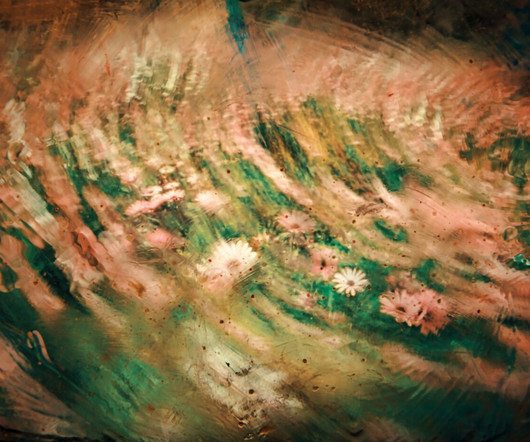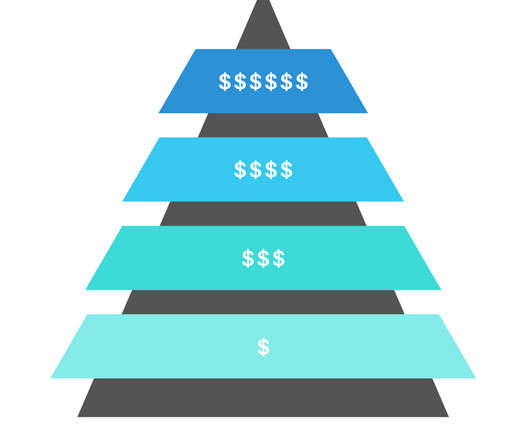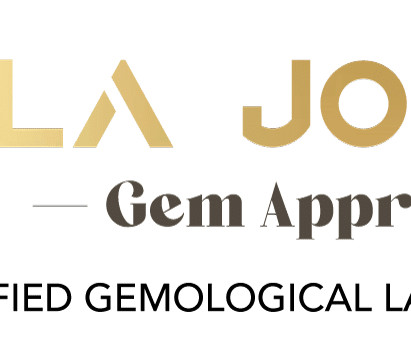The Rise of Vintage Luxury
Art Peritus
JUNE 22, 2025
As an avid collector and wearer of vintage couture, I’ve personally experienced firsthand the magnetism of these timeless treasures—and as an appraiser, I’ve seen how important it is to accurately understand their value for estate tax, insurance coverage, and equitable distribution.















Let's personalize your content